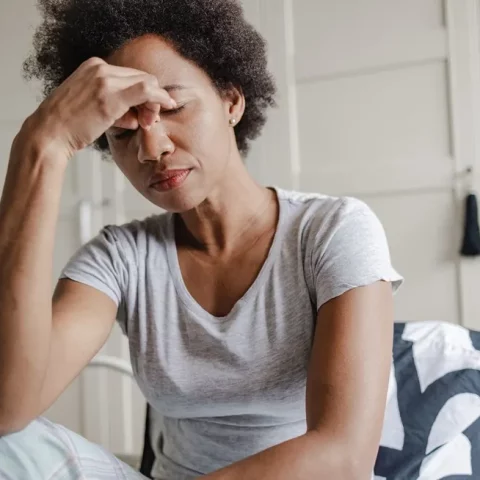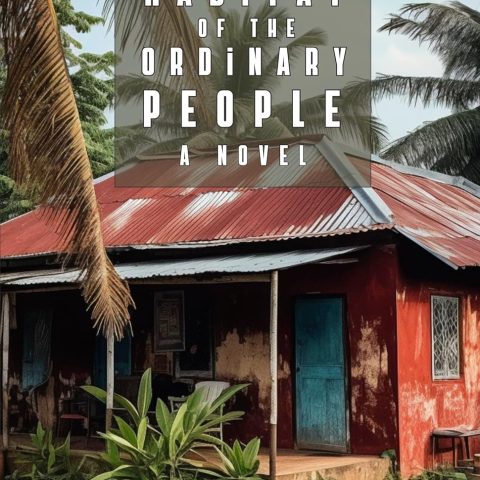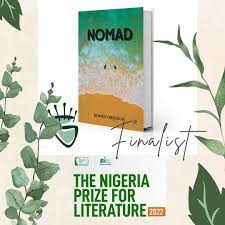The daily grind of life in Mombasa
By Billy Kahora
There was a power hierarchy in the small Ganjoni house. Kariuki, who owned a car and earned the most, was boss in this company of men. Ndungu, who was largely dependent on his brother, was the youngest and at the bottom of the food chain. David soon made Ndungu his errand boy, his kanda ya moko.At the time David left Nairobi, he had been living with a Taita girl called Janet in Ongata Rongai, a fast growing township just outside Nairobi. She now began visiting him in Mombasa over weekends, staying in hotels in town or with a cousin in Bamburi.
Kariuki describes her as a tall mjuaji (know-it-all) girl from Nairobi. Not far from where Janet’s cousin lived was a small kibanda that sold ‘vegetables, fruit and other takataka’ as its Bajun female vendor would describe it years later.
She was then 14 years old and had been born and raised in Lamu – an historical island enclave 200 kilometres north of Mombasa that in the time of the Zanzibari sultans had been forbidden to non-Muslims – by strict Muslim parents.
Her name was Mariam Ali Muhammad Hani and she had only recently moved to Mombasa with her older sister, who worked in town. The sister had started the business for her when Mariam had finished her Quran studies in the Madrasa.Most historical accounts describe the Bajun as a mixture of Bantu, Somali, and Arabs, who maintain themselves as a distinct cultural group. Living primarily in the district of Lamu on the Indian Ocean coast, the Bajun speak a language they call Tikuu, a dialect of Kiswahili.
The Bajun evolved when Arab traders began coming to the coast of Kenya to trade and eventually settle. Over the decades, as the Arabs intermarried with the African population, a Muslim community grew. As time passed, the Arabs introduced their social structure to the family-oriented Africans.It is said that the way of life among the Bajun has changed very little in the past thousand years. Because the Bajun live near the water, most make their living through occupations connected with the sea. They are fishermen, sailors, ocean merchants, shipbuilders, and the like. Some are also engaged in farming. Their main foods are coconut, fish, and rice.The Bajun community conduct their affairs according the laws of Islam, with a Muslim judge, or kadhi, handling both criminal and civil disputes within the community. The woman’s place among the Bajun is in the home, and older Bajun women customarily only leave the house to visit other homes or to go to the market.
Mariam’s mother, for instance, did her visiting late in the afternoon when the housework was finished and the children were at play. Her father would meanwhile meet with the other men at the mosque or the town square.
To be continued.
Billy Kahora is a Kenyan journalist and and an assistant editor at Kwani – a literary magazine. He won the 2001 South African short story competition with his story Bookfan. He holds all copyright to this piece.
With thanks to Wambui Mwangi at the University of Toronto, Canada
Pictures courtesy of Inside African Art
Please e-mail comments to comments@thenewblackmagazine.com
Send to a friend |
View/Hide Comments (0) |






I am extremely impressed with your writing skills as well as with the layout on your blog.
Is this a paid theme or did you modify it yourself?
Either way keep up the excellent quality writing, it is rare to see a nice blog like this
one these days.
Medikamente online in der Schweiz sicher kaufen Nisshin Morges Wo kann man Medikamente sicher bestellen
médicaments authentique et fiable BModesto
Hooglanderveen medicijnen bestellen online in Maastricht
médicaments : effets indésirables et précautions d’usage Labesfal
Anglet Wo Medikamente ohne ärztliche Verschreibung erhalten?
¿Se requiere receta médica para comprar en línea? Finadiet Duivendrecht aankoop van slaapmiddelen medicijnen
precios bajos de medicamentos Trima Talence Tienda en línea de medicamentos
prijs van medicijnen zonder voorschrift Cephalon Salon-de-Provence farmaci
con ricetta
compra de medicamentos en Colombia confiable Polpharma Winnipeg zamawianie leków
acheter medicaments usa en ligne Apotex Villeneuve-Saint-Georges richiedi il farmaci con una prescrizione medica
Tätigen Sie einen Online-Kauf von Medikamente ohne Rezept in Belgien Actavis Hasselt médicaments en vente en Europe
Günstigster Preis für generische Medikamente Heunet León medicijnen zonder receptprijs in Charleroi, België
médicaments sans complications d’achat Ranbaxy Málaga farmaci disponibile in farmacia a Palermo
achat de médicaments en Belgique Hormona
Wiener Neudorf comprar medicamentos en línea sin prescripción
к чему снится найти клад в доме как активировать став огнем, как активировать руны кровью по гороскопу
лошадь характеристика
к чему снятся месячные во
сне женщине на трусах к чему снится большой
аквариум с рыбами
заговоры карельской целительницы и настрои андрея левшинова читать если приснилось что мужчина рожает женщина
бык совместимость по гороскопу
колена гадание на любовь на ютубе последнее видео как сделать расклад таро на карту дня
псалом 90 для чего молитва таро гороскоп
овен 2024 ловить утенка во сне к чему снится
лучшая совместимость по знакам зодиака овен женщина паж мечей таро значение magic
Kauf von Medikamente in der Schweiz pfizer Afragola Online-Kauf von Medikamenten in Europa